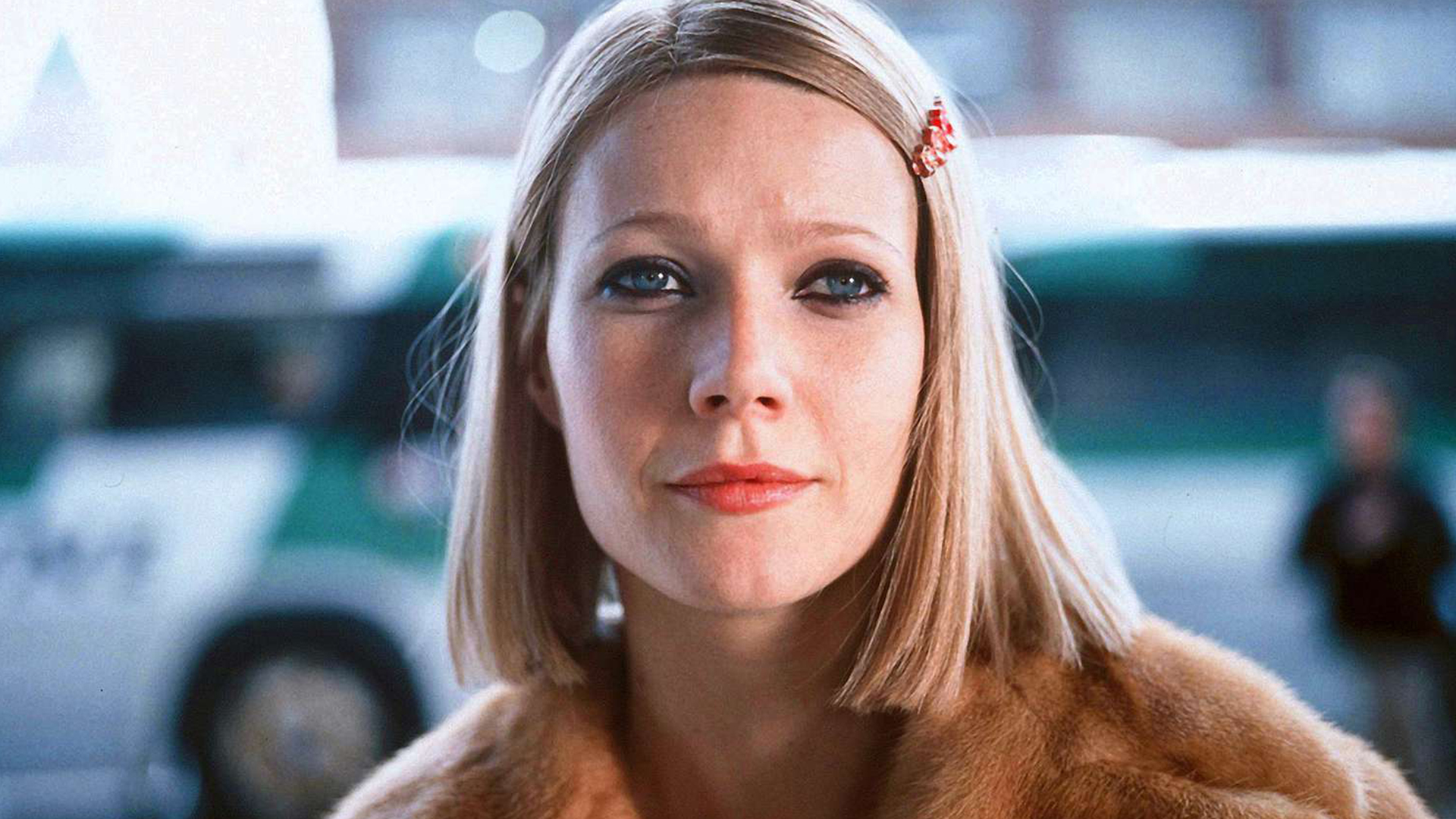2014 | 95’ | Zhou Hao
A young man stands in front of a mirror. The night belongs to him. Every evening, he appraises his appearance and, attired in a new shirt, leaves his apartment to wait in a poorly-lit alleyway. One night he meets a female prostitute of his age who’s new to this part of town. They flirt and wander the streets, toy with the idea of renting their bodies out to each other, and name themselves after flowers: he calls himself Tuberose and she, Narcissus. The strangers they follow remain faceless—until Rose, a one-night stand, falls in love with Tuberose. With help from Narcissus, Rose uses all his charm to try to win over the young sex worker. Although Tuberose responds with cool reserve, it becomes increasingly difficult for him to remain aloof. In this visually impressive, sensual film debut in which the director also plays the leading role, twenty-one-year-old filmmaker Zhou Hao demonstrates all the poetic intensity of a Jean Genet in describing these three misfits’ mutual search for intimacy. The love songs of Taiwanese singer Teresa Teng help the protagonist get in touch with his locked-away emotions.

The New Year is more than just a date change on the calendar. It often marks a turning point where the weight of past experiences is felt or the uncertainty of the future is faced. This season, Pera Film highlights films that delve into themes of hope, regret, nostalgia, and new beginnings.
Tuesday - Saturday 10:00 - 19:00
Friday 10:00 - 22:00
Sunday 12:00 - 18:00
The museum is closed on Mondays.
On Wednesdays, the students can
visit the museum free of admission.
Full ticket: 300 TL
Discounted: 150 TL
Groups: 200 TL (minimum 10 people)